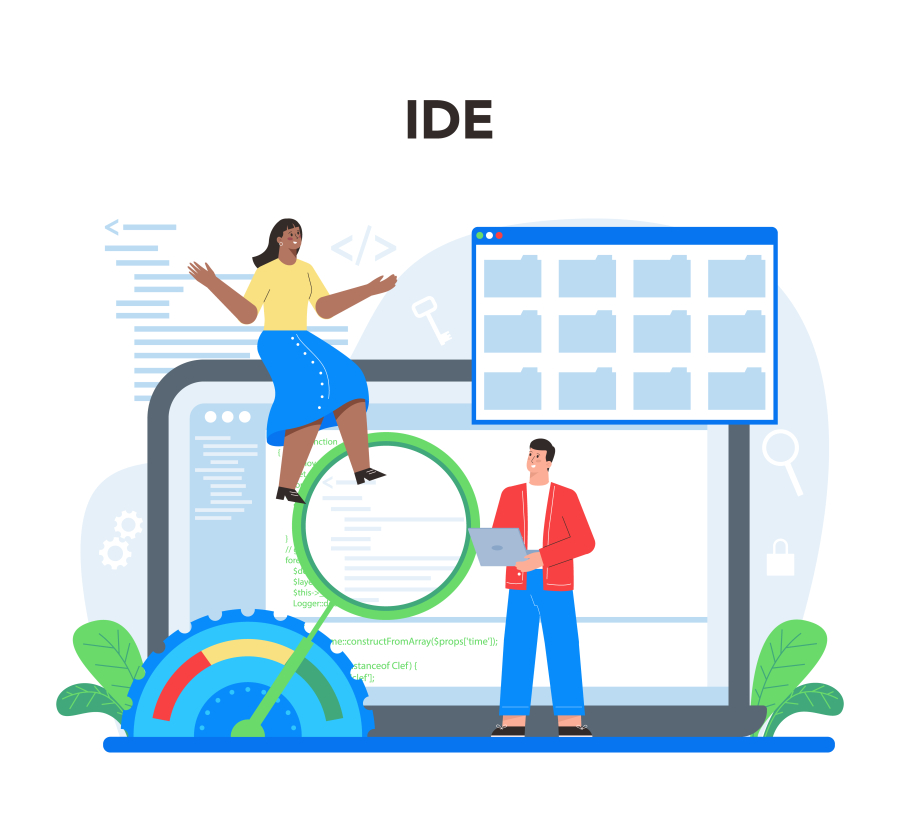How to Upsell Your Services
As a freelancer, increasing your income doesn't always mean finding more clients. Sometimes, the most effective way to grow your revenue is by upselling your existing services. Upselling is the art of offering additional value to your current clients by suggesting upgrades, add-ons, or complementary services that meet their evolving needs.
On FreelancerBridge, we help freelancers not only survive—but thrive. This guide will walk you through actionable strategies to upsell your services ethically and effectively, so you can grow your freelance business, build stronger client relationships, and boost long-term profitability.
Long Description: Mastering the Art of Upselling Your Freelance Services
Freelancers often chase new clients for growth, but retaining and expanding existing relationships through upselling can be far more profitable and efficient. When done right, upselling isn’t pushy—it’s a service to the client. You’re helping them achieve better results, while also enhancing your own value and income.
Let’s explore how you can integrate upselling into your freelance strategy step by step.
1. What Is Upselling in Freelancing?
Upselling in freelancing refers to offering additional services or enhancements to a client beyond the initial agreed-upon scope of work. It’s about understanding their needs deeply and offering solutions that go further.
Examples of upselling in freelancing:
A web designer offering SEO optimization in addition to a website design
A writer suggesting content repurposing for social media or newsletters
A virtual assistant proposing calendar management alongside email handling
Upselling is not just about more sales—it’s about adding more value.
2. Why Upselling Is Important for Freelancers
The benefits of upselling go beyond a higher invoice. Here’s why it matters:
Higher income with less effort: Serving an existing client is cheaper and easier than acquiring a new one.
Stronger client loyalty: When clients see your value, they’re more likely to return and refer others.
Expanded service scope: You establish yourself as a one-stop solution, leading to bigger projects.
Business scalability: Upselling allows you to grow revenue without increasing your client load.
It’s a powerful growth strategy when applied with the right mindset and method.
3. Know Your Core Offer First
Before you upsell, you need to clearly define your core services. What do you offer that solves your client’s primary problem?
Once that’s in place, you can identify complementary services or premium versions of your existing offerings.
Steps to define your core and upsell-ready services:
List all your current offerings and deliverables
Identify what service has the highest demand or ROI
Brainstorm potential add-ons or enhancements that align with it
Understanding your base offer gives clarity on where and how to upsell effectively.
4. Identify Upselling Opportunities in Every Project
Every client project presents natural openings for upselling. The key is recognizing them at the right moment.
Common triggers to upsell:
During onboarding: Suggest additional services that align with project goals
After a milestone: Use positive feedback to introduce new ideas
At project completion: Propose ongoing maintenance, retainer work, or upgrades
When client needs evolve: Suggest solutions to newly identified challenges
Being proactive and observant will help you spot opportunities to offer more value.
5. Offer Tiered Packages
Tiered pricing is one of the most effective ways to upsell without pressure. It gives clients choice and clarity, and naturally encourages them to go for more value.
A good pricing model includes:
Basic package: Core service at a competitive rate
Standard package: Includes value-added services and minor upgrades
Premium package: Full-service solution with maximum benefits
Clearly communicate what each tier includes and why it's worth the investment.
6. Frame Upsells Around Client Needs
Clients are not interested in spending more—they’re interested in solving problems. Your upsell should always be framed as a solution to a specific need.
Use this framework when presenting upsells:
Start with their goal or pain point
Show how the upsell directly addresses it
Share a quick result or case study if available
Be transparent about cost, but focus on outcome
Focus on benefits, not features. Clients buy outcomes.
7. Build Trust First
Trust is the foundation of any successful upsell. If a client doesn’t trust you to deliver on the basics, they won’t be interested in more.
Ways to build trust:
Deliver work on time and with consistency
Be responsive and professional in communication
Offer free insights or small extras to showcase goodwill
Ask for feedback and act on it
A satisfied client is more open to hearing what else you can offer.
8. Use Case Studies and Results to Support Your Upsell
One of the best ways to upsell is to showcase proof of results. When clients see what you’ve done for others—or even for them—they’re more inclined to invest further.
Effective proof sources:
Before/after metrics
Screenshots of improved performance
Testimonials from similar clients
Small samples of upgraded work
Make your upsell proposal data-driven and results-oriented.
9. Don’t Overwhelm the Client
Upselling works best when it’s targeted and strategic, not aggressive or overwhelming. Bombarding clients with too many offers can reduce trust and decision clarity.
Keep it simple:
Limit upsell suggestions to 1–2 per conversation
Don’t introduce upsells too early in the project
Listen to client feedback and adjust your approach
Upselling should feel like a natural step forward, not a sales pitch.
10. Build Long-Term Retainer Packages
Retainers are a form of upselling that offer long-term security for both freelancer and client. Instead of one-time projects, suggest ongoing monthly services that deliver continuous value.
Example retainer models:
Monthly website maintenance
Weekly content writing or updates
Monthly analytics reporting and consultation
Clients prefer consistency, and retainers make financial forecasting easier for both sides.
11. Upsell at the Right Time
Timing is critical when it comes to upselling. The best time to offer additional services is when:
You’ve already delivered visible results
The client is expanding their business
There’s a new opportunity in their niche or market
The client gives positive feedback or asks for advice
Use momentum and satisfaction as your entry point for upselling.
12. Follow Up After Delivery
A project’s completion is an ideal moment to continue the conversation. Once the client sees results, reach out with new offers tailored to their ongoing goals.
Your follow-up message should include:
A quick recap of the project and results
A suggestion for what’s next
A clear explanation of your offer and its value
A polite CTA to schedule a short call or reply
Following up shows commitment and keeps your services top of mind.
Conclusion: Elevate Your Freelance Business Through Ethical Upselling
Upselling isn’t about pushing more work on your clients—it’s about providing deeper value, solving problems, and building stronger relationships. When done with the right mindset, it can significantly boost your income while helping clients achieve their goals more effectively.
To recap:
Know your core service and identify logical add-ons
Use client feedback, project milestones, and results to introduce upsells
Offer value-first and result-driven proposals
Use case studies and proof to support your suggestions
Build long-term offers through packages and retainers
With these strategies, you can move from project-based freelancer to long-term consultant—offering greater value and enjoying more stability in your business.


 by Emily
by Emily




